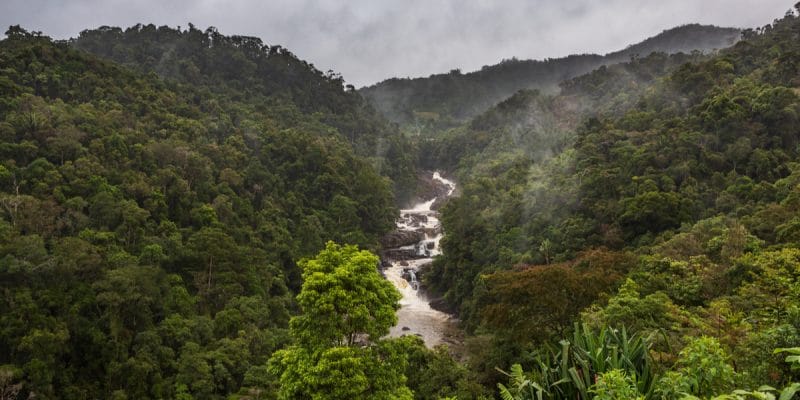Traditionally funded by tourism revenues, protected areas in Africa are now facing enormous financial difficulties due to travel restrictions adopted because of covid-19. To reverse this situation, the International Union for Conservation of Nature (IUCN) is proposing a pan-African fund for protected areas.
The first African Protected Areas Congress to be held March 7-12, 2022 in Kigali, Rwanda will be marked by the proposed adoption of a Pan-African Protected Areas Fund. The International Union for Conservation of Nature (IUCN) is taking steps to this effect. It is certainly at this summit that the details on the value and operation of the future fund will be known.
“The first and most important thing right now is an appeal to both governments and various development partners to mobilize and increase resources for protected areas. That is the bottom line. All protected areas have huge funding challenges because usually they come from tourism, which is now stalled… Even if not all of it was going to protected areas, but part of it was going to state budgets,” says Luther Anukur, IUCN’s regional director for eastern and southern Africa. According to the conservation organization, $700 billion is needed each year to protect biodiversity.
Africa has more than 7,000 protected areas
Protected areas are at the heart of biodiversity conservation strategies. Their objective is the long-term protection of the natural heritage and biological resources that form the basis of countries’ economies. In 2019, the IUCN counted 7,000 recognized protected areas in Africa.
Read also-COMIFAC: Member States harmonize protected area management policies
In addition to funding problems, these nature conservation areas are experiencing problems of governance and economic options. In Central Africa, 85% of protected areas currently benefit from a public governance system. Shared governance represents about 14% of the management types, and the remaining 1% includes rare cases of entirely private or community governance. Shared governance is most often organized with private, non-profit organizations, such as NGOs, through public-private partnerships (PPPs) and, more rarely, with communities.
According to the Observatoire des forêts d’Afrique centrale (OFAC), 25% of protected areas are allocated to oil exploitation permits and 25% are promised for this purpose. The same source indicates that 10% of the network is threatened directly or indirectly by mining permits.
Boris Ngounou







